Want to provide the absolute best grammar instruction for your students? Connect it with your reading (and writing) instruction!
Research shows that teaching grammar in the context of reading and writing is MUCH more effective than worksheets, editing drills, and isolated practice.
We want our students to see grammar and conventions used correctly in real texts. We want them to have opportunities to practice in their own writing.
In my previous post, I explained how I make grammar a part of my writing instruction.
In today’s post, we’re going to focus on integrating grammar into reading instruction!
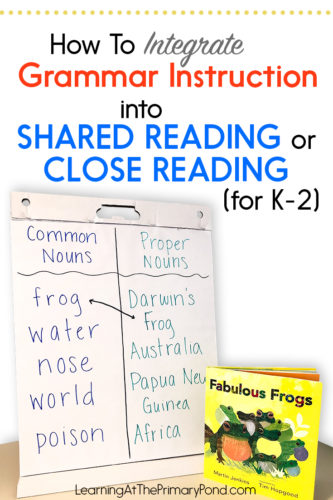
First, I want to mention that when I say “integrate” or “embed,” I don’t mean that I don’t teach grammar separately. I do—not every day but at least once a week I have a separate grammar lesson. When I can, I make grammar instruction part of reading and writing lessons that I’m already teaching. But some parts of my grammar instruction stand on their own. Just wanted to make sure that was clear! ?
How to Use Texts as Part of Your Grammar Instruction
When I wrote my post about integrating grammar into writing instruction, I explained that books/texts have a big role at the beginning of my instruction on a certain skill.
When I introduce a grammar skill or convention to students, I like to show them examples from real texts.
And my preference is to use texts that we’re already using—maybe in shared reading, close reading, or from a read-aloud.
I don’t usually bring in a completely new text just to teach a convention. Time is limited, and I’d much rather my students make the connection to a familiar text if I can!
Here’s an example:
Let’s say that we’re working on exclamation points: what they look like, what they’re called, and why authors use them. I show students a couple of misc. example sentences on the board, but then I pull out two texts we’ve recently read together.
In those two different texts (one at a time), I turn to pages where the author has used an exclamation point.
We discuss why the author did that and how the exclamation point contributes to the meaning of the text. We read the sentences aloud chorally, making sure our voices reflect the exclamation points. We may even discuss how the text would be changed if the exclamation points weren’t used.
And that’s it!
Easy, right??? But it’s meaningful because the kids are seeing how real authors use the convention (exclamation points, in this example) for a purpose. They see what effect it has on the text and on the reader.
Of course, I follow that up with more practice (including eventually having the kids use exclamation points in their own writing), but showing kids examples in real books helps ground their understanding of the convention and why it’s useful.
Why Shared Reading and Close Reading Are Excellent Opportunities to Discuss Conventions
In the example above (for exclamation points), any type of text would work. You could grab a read-aloud text, an article you read together…anything.
But I also want to point out that shared reading and close reading provide excellent opportunities for embedded conventions instruction.
In both instructional practices, you usually…
- Display the text so that students can see it clearly and read along
- Read the text more than once
These aspects make shared reading and close reading PERFECT for conventions instruction!
Displaying the text “up close” gives students access to the print, so they can more actively participate in the discussion of the grammar skill or convention.
Reading the text more than once is essential when you use a book for grammar instruction. During the first read or two, you just want students to understand the text. Once they understand the text, their attention is freed up to focus on other things—like grammar!
Here’s an example of how you might teach students about question marks as part of your shared reading routine:
On Monday, you read a short text and focus on comprehension.
On Tuesday, you read part of the text again and focus on a decoding strategy.
On Wednesday, you read part of the text again and focus on a convention, e.g., question marks. You discuss why the author used them and how it impacts the meaning of the text. You connect the author’s use of question marks to a fluency strategy: “make your voice go up at the end of a question.”
Again…easy! But effective!
Working with Grammar Skills That Are Trickier to Integrate
In both of the previous examples, I mentioned punctuation marks. Those are pretty easy to integrate into your reading lessons, right? Capital letters are relatively straightforward too.
But what about those grammar skills that are a little trickier to integrate? Here are some more ideas to get you started:
Nouns – have students identify nouns in a text that describe a character, describe the setting, or tell where an animal lives.
Common vs. proper nouns – with a nonfiction text, create a t-chart of the common and proper nouns from a few pages and discuss why the author chose to use a common noun in some case and a proper noun in others
Pronouns – practice finding the antecedent of a few pronouns in a story
Verbs – work together to make a list of all the action verbs used in a story, discussing how the verbs differ and what they mean.
Adjectives – in a nonfiction book, discuss how the author uses adjectives to “paint a picture in our minds” and teach us detailed information
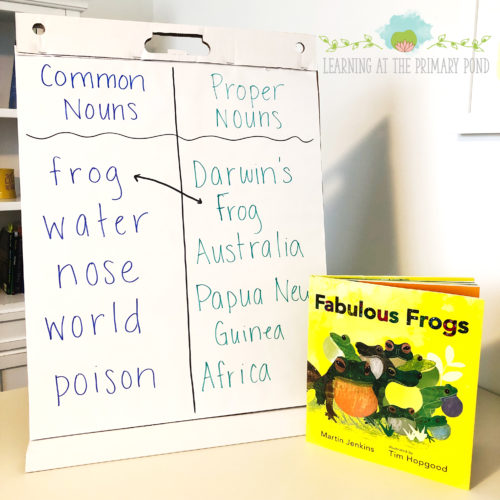
Conclusion
Integrating grammar into your shared reading or close reading instruction is a simple—but effective—way to teach students about the way language works.
In the next post, I share more about how to find time for your grammar instruction, because as I mentioned earlier, not all of my grammar instruction happens during reading and writing lessons.
Update! The grammar series is now complete! You can read each post in the series here:
- Best Practices for Teaching Grammar in K-2
- How to Integrate Grammar Into Your Writing Instruction
- How to Find Time for Grammar Instruction
- 5 Tips for Helping K-2 Students Actually Apply Their Grammar Learning
- Grammar Skills by Grade Level: a List of Grammar, Language, and Writing Conventions to Teach in K-2
- 15 Picture Books For Teaching Grammar and Conventions
- Grammar ALIVE! A 3-Part Approach for Engaging, Relevant Grammar Instruction in K-2
Need grammar lessons, materials, and games for all year long?
Click on any of the images below to read more about my Grammar Alive program for Kindergarten, first grade, and second grade:

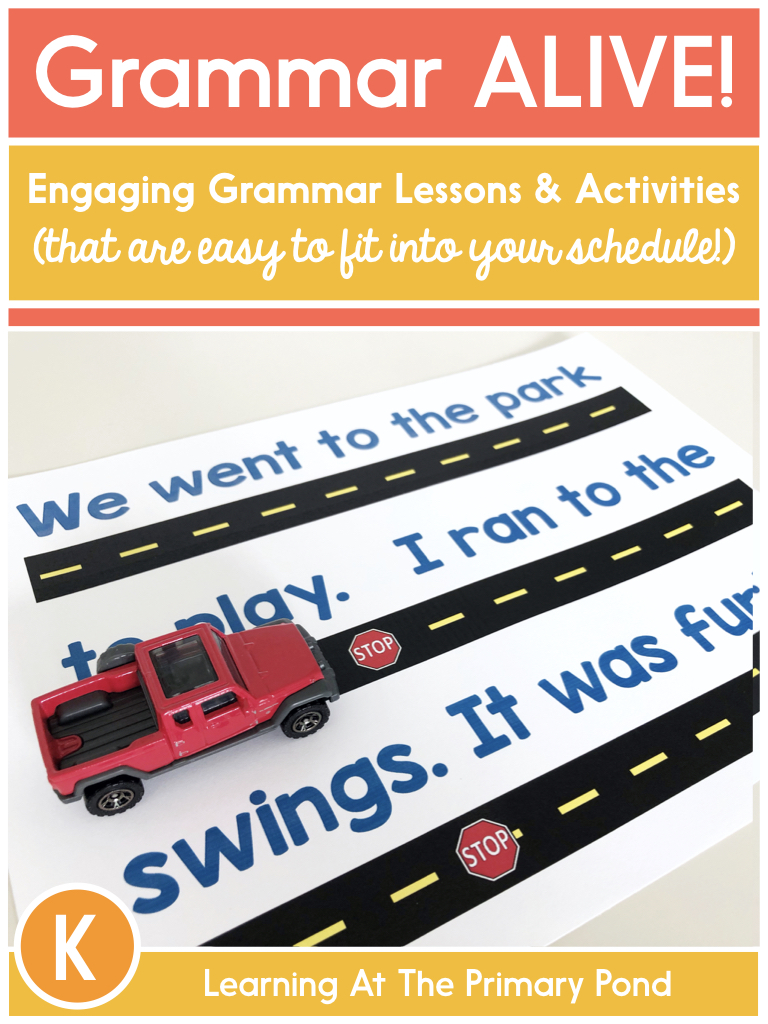
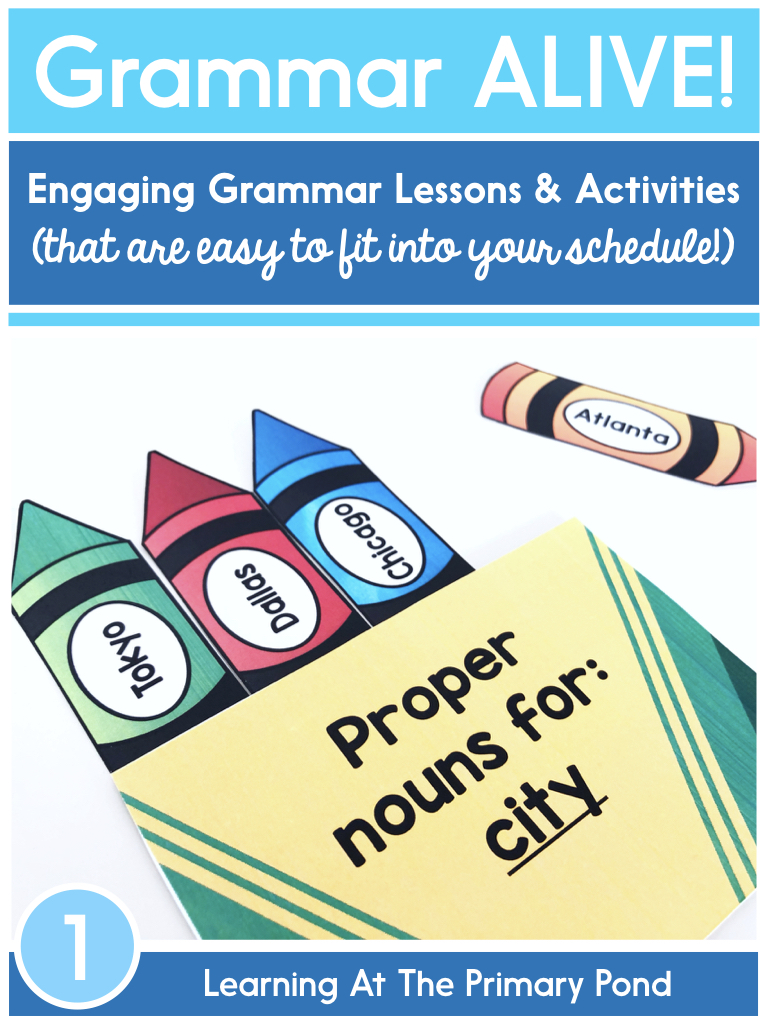

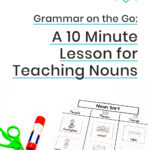
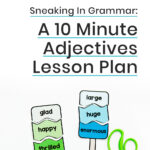
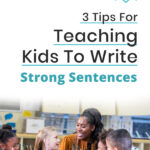
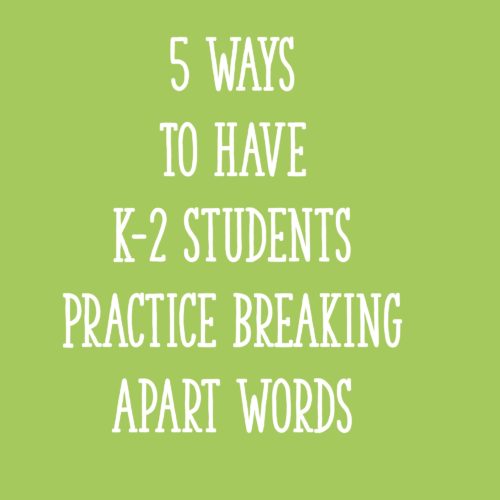
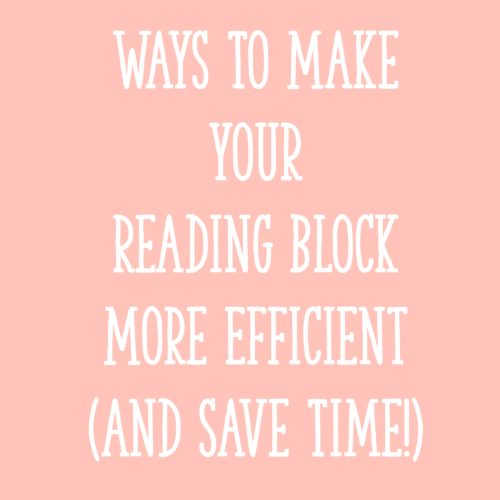
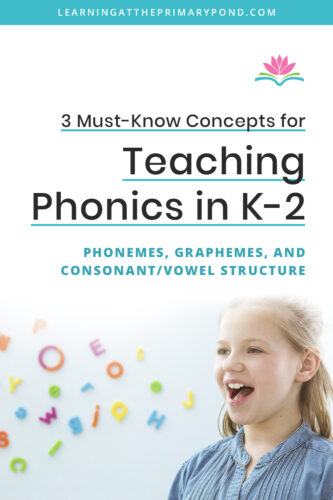






Great post! Thanks for sharing how you teach grammar. I am finding this to be very helpful.
I’m so glad! Thanks for reading! 🙂
Alison
This is exactly what i was looking for. Thank you author
You’re so welcome! 🙂
Thank you .
You’re welcome!